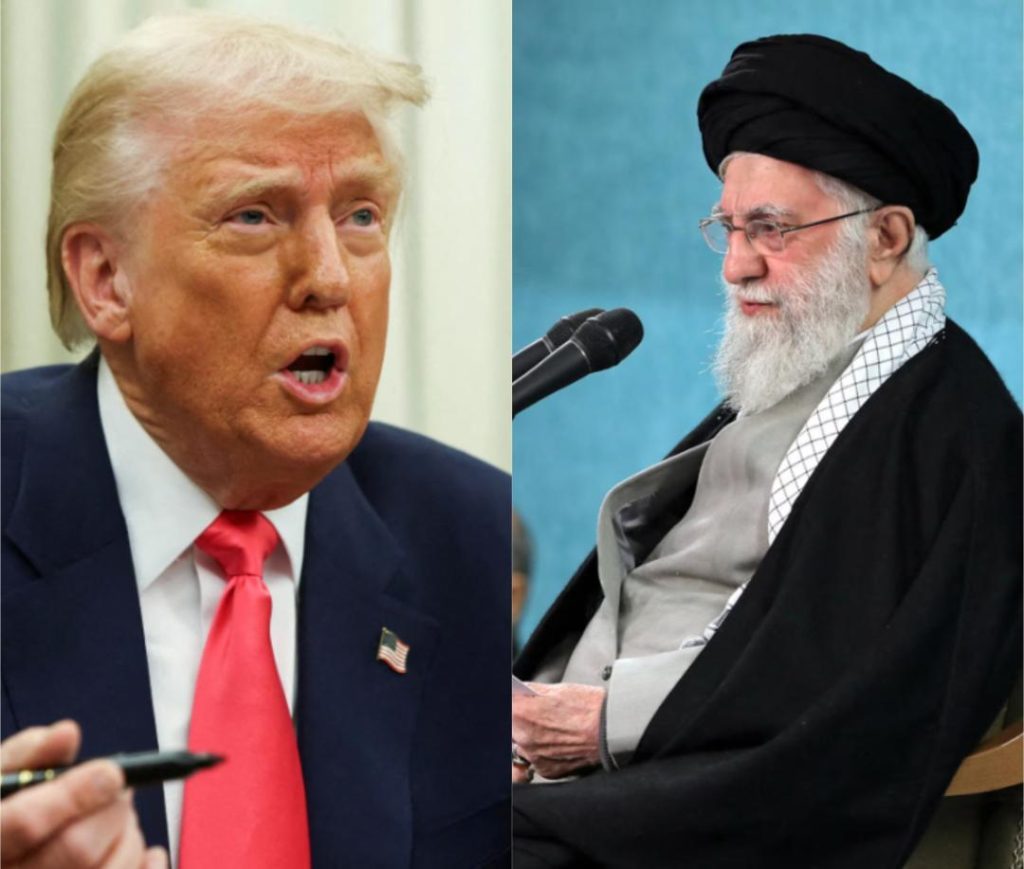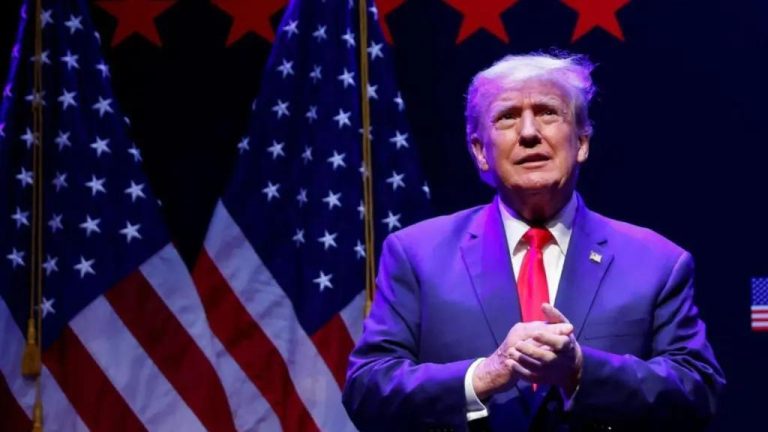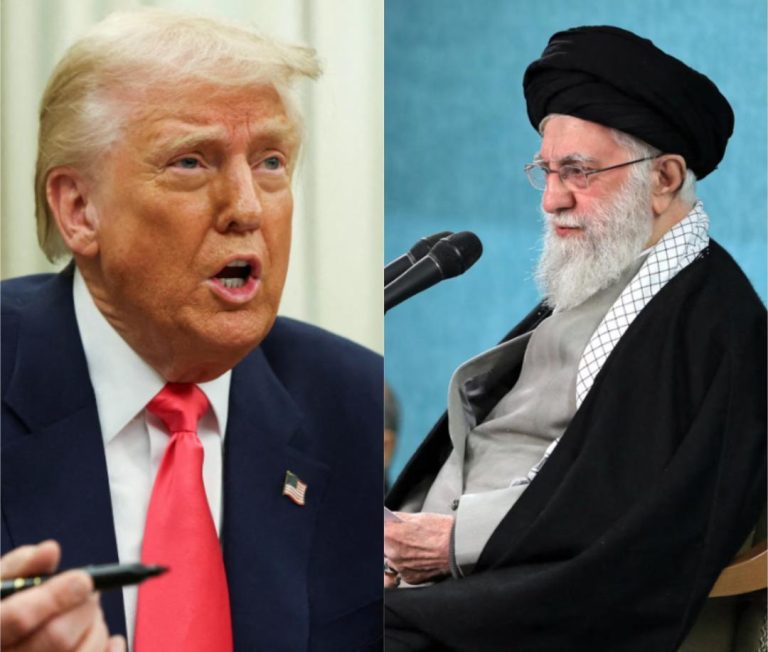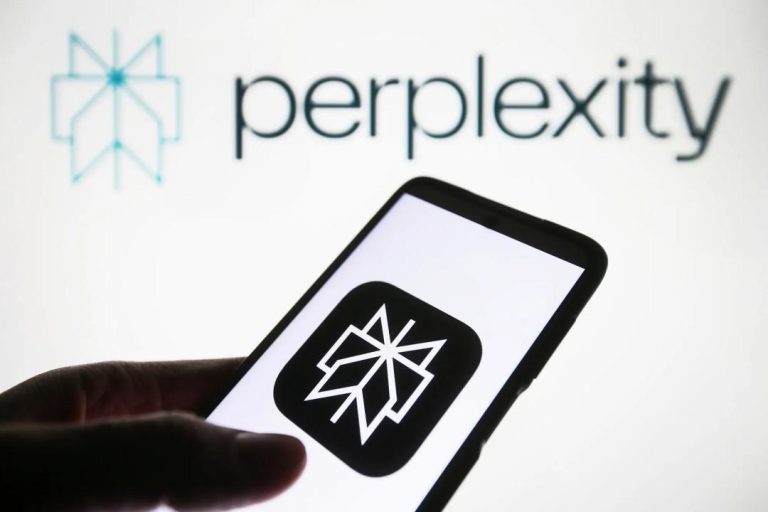
US & Iran Begin Nuclear Talks Days After Donald Trump Threatened Bombing
In a surprise move, Iran and the United States have begun indirect talks in Oman, just days after US President Donald Trump threatened to bomb Iran if it didn’t agree to a deal on its nuclear program. The negotiations, which were confirmed by Iranian officials, mark a significant shift in the deteriorating relations between the two countries.
According to reports, Iranian Foreign Minister Abbas Araghchi and Trump’s Middle East envoy, Steve Witkoff, will represent their respective sides. However, to avoid direct confrontation, they will not be in the same room. Instead, they will exchange messages through an Omani minister.
The talks come at a time when tensions between the US and Iran have been escalating rapidly. Last week, Trump threatened to bomb Iran if it didn’t agree to a deal on its nuclear program, which he has long criticized as a threat to global security. Iran has repeatedly denied any plans to develop nuclear weapons, insisting that its program is purely for peaceful purposes.
The sudden shift in the diplomatic landscape has raised eyebrows among experts and analysts, who are scrambling to understand the motivations behind the US decision to engage in talks with Iran. Some have speculated that the Trump administration may be looking to ease the economic pressure it has been exerting on Iran, which has seen US sanctions cripple the country’s economy.
Others have suggested that the talks may be an attempt to prevent a war between the two countries, which has been increasingly likely in recent weeks. The US has been building up its military presence in the region, and Iran has been responding with its own military exercises. The situation has been volatile, with concerns of a miscalculation that could lead to a full-blown conflict.
The talks in Oman are seen as a significant development in the long-running saga between the US and Iran. The two countries have been at odds for decades, with the US supporting Iran’s 1979 Islamic Revolution and the subsequent overthrow of the Shah. Since then, the two countries have been locked in a bitter struggle for influence in the region, with the US backing various governments and Iran supporting anti-US movements.
Despite the tensions, there have been occasional attempts at dialogue. In 2013, the US and Iran engaged in secret talks, which ultimately led to the signing of the Joint Comprehensive Plan of Action (JCPOA) in 2015. The deal saw Iran agree to curb its nuclear program in exchange for relief from international sanctions.
However, the Trump administration has been a vocal critic of the JCPOA, calling it “the worst deal ever” and withdrawing from the agreement in 2018. Since then, the US has imposed harsh sanctions on Iran, which have had a devastating impact on the country’s economy.
The current situation is fraught with uncertainty, and it remains to be seen whether the talks in Oman will lead to a breakthrough. However, the fact that the US and Iran are talking at all is a significant development, and it may be a sign that both sides are looking for a way out of the impasse.
In a statement, Iranian Foreign Minister Abbas Araghchi said, “We are at the beginning of a new phase in our relations with the United States. We are not going to negotiate on our nuclear program, but we are willing to discuss our concerns and interests.”
Steve Witkoff, Trump’s Middle East envoy, was also quoted as saying, “We are committed to a peaceful resolution of our differences with Iran. We believe that diplomacy is the best way to achieve this goal.”
The talks in Oman are taking place against a backdrop of regional conflict, with the US and Iran backing different sides in several proxy wars. The situation is complex, with multiple actors and interests at play. However, one thing is clear: the US and Iran are at a crossroads, and the outcome of their talks will have significant implications for the region and beyond.




